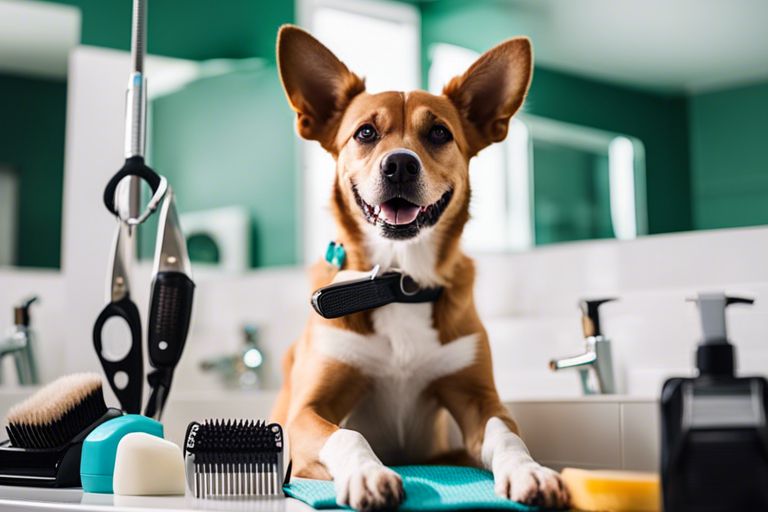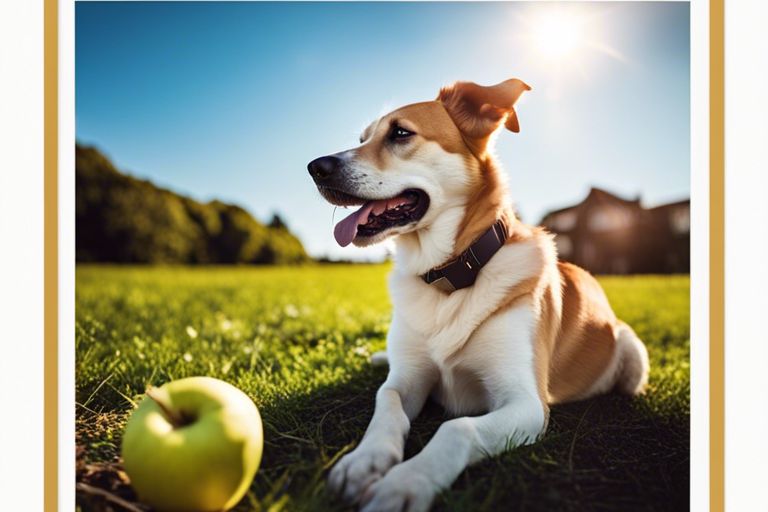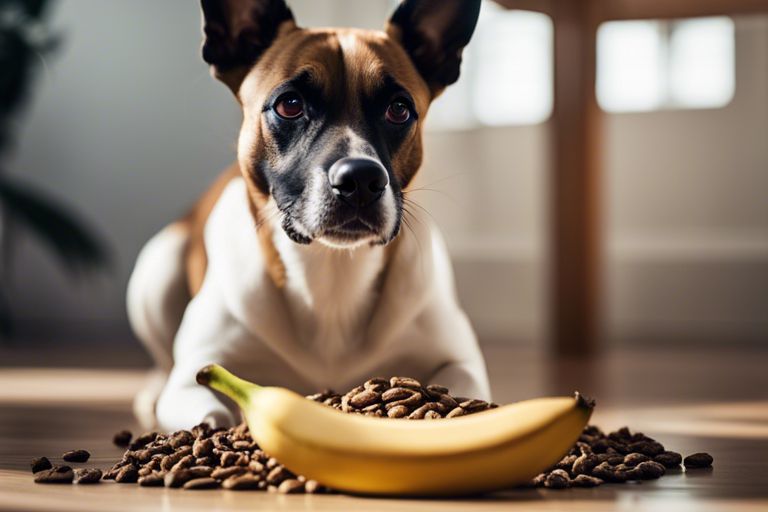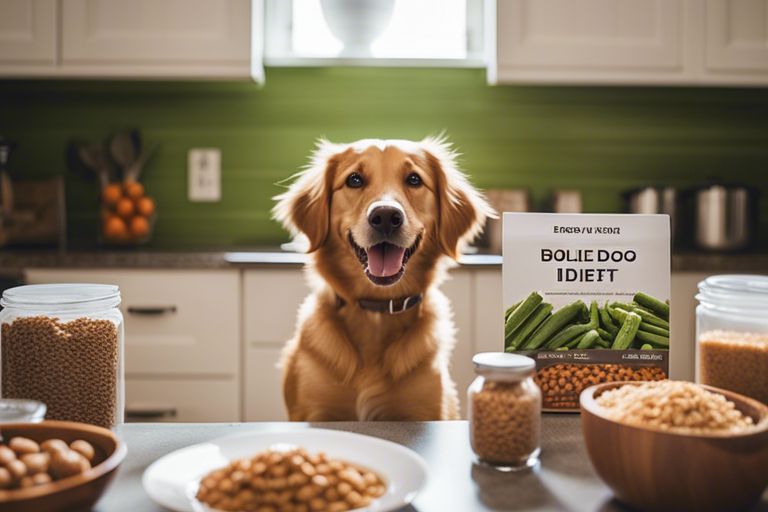Over the vast and diverse landscape of canine dietary habits, the question of whether our furry companions can partake in the delightful crunch of cucumbers…
How often should a dog be groomed
You know how dogs can go from being fluffy clouds of perfection to mud-clad mischief makers in a matter of seconds. So, the big question…
Are apples OK for dogs
With a plethora of fruits available, one may wonder if apples are a suitable treat for our canine companions. Can Dogs and Puppies Eat Apples?…
Can dogs eat banana peels
Most dog owners might wonder whether it’s safe for their furry companions to munch on banana peels. In this informative article, we will explore whether…
What is the best remedy for a barking dog
Many are the remedies for a barking pup, from gadgets to tricks, there’s no need to give up. With patience and care, and a loving…
What should I feed my dog instead of dog food
Just like humans, our furry friends deserve a wholesome diet that nourishes their bodies and keeps them healthy. So, if you find yourself wondering what…






